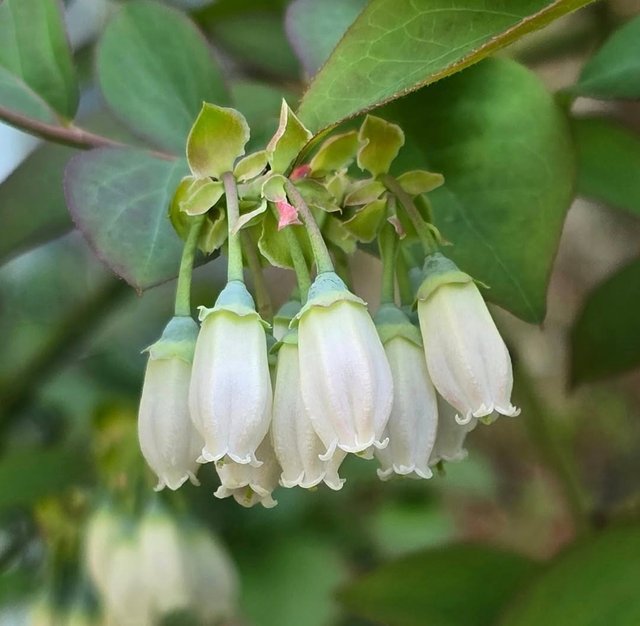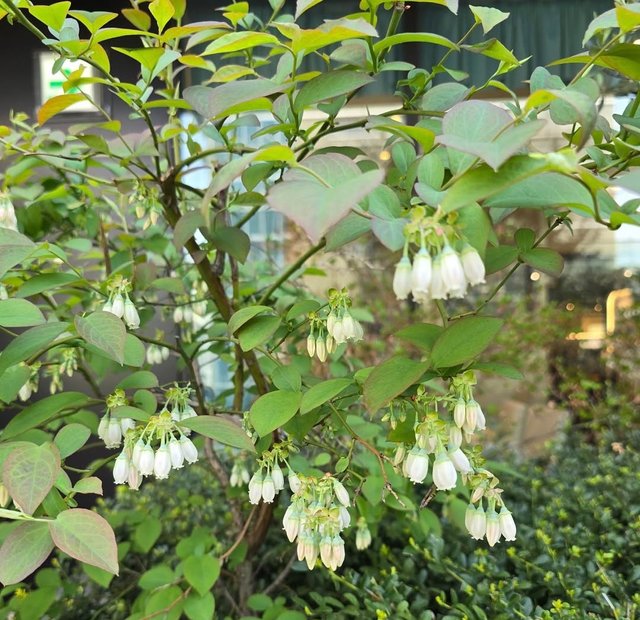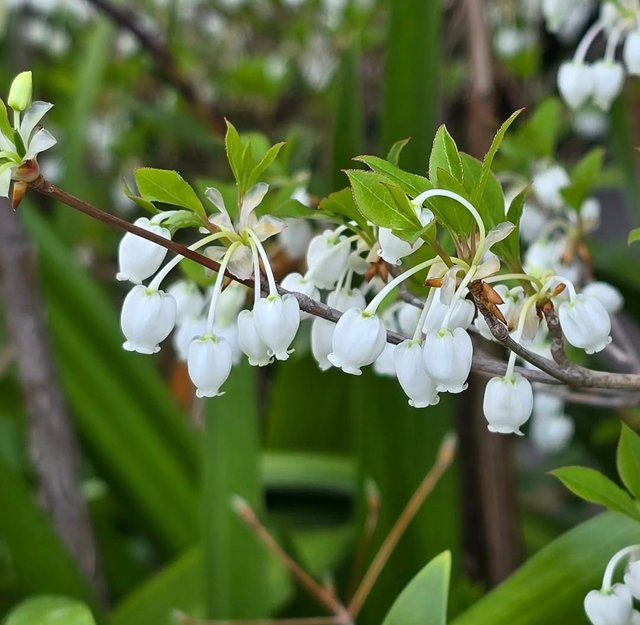Vaccinium virgatum Flower




Among the many wonders of the plant kingdom, few are as charming and subtly beautiful as the flowers of Vaccinium virgatum, commonly known as the rabbiteye blueberry. Native to the southeastern United States, this deciduous shrub isn’t just beloved for its sweet, antioxidant-rich berries—it’s also a gem of the spring garden thanks to its elegant, bell-shaped blossoms.The flowers of Vaccinium virgatum typically emerge in early to mid-spring, depending on the climate. They are small, usually no more than 6 to 10 mm in length, and are shaped like tiny urns or bells—features characteristic of the Ericaceae (heath) family to which they belong. Their colors range from creamy white to soft pink, sometimes with tinges of green or red depending on the cultivar and stage of blooming.
Though modest in size, these flowers are stunning in their own right. Hanging in loose clusters, they create a soft cascade of pastel tones that contrast beautifully with the emerging green foliage. The visual effect is often delicate and dreamy—like nature’s version of fine porcelain chandeliers.The blooming of Vaccinium virgatum typically follows leaf-out, although this can vary slightly with cultivar and regional conditions. Once the flowers open, they are highly attractive to pollinators, particularly native bees, bumblebees, and even the occasional honeybee. The flowers produce nectar and pollen, drawing in beneficial insects that ensure good fruit set later in the season.
What’s fascinating is how the timing of flowering influences the fruit harvest. Early-blooming cultivars can produce berries as early as late spring, while late bloomers extend the season well into summer. This staggered flowering is a smart ecological strategy, offering resilience against late frosts and ensuring prolonged pollinator activity.The flowers of Vaccinium virgatum are largely dependent on cross-pollination for optimal fruit production. While they are technically self-fertile, yields increase significantly when different cultivars are planted nearby. This is because the flower structure—small, narrow openings and hidden anthers—favors buzz pollination, a method where bees vibrate their flight muscles to release pollen.